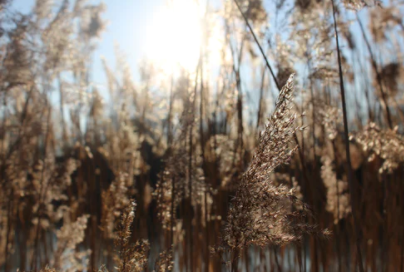Park for water purification, flood mitigation & recreation
A three hectare park near Milan, Italy, which aims to contribute to flood protection, water quality, biodiversity enhancement and provide a place for recreation. When sewers overflow during heavy rains, the water first flows into reed beds in the park which remove some of the pollutants, it then flows into a constructed wetland (acting as […] February 15, 2021
A three hectare park near Milan, Italy, which aims to contribute to flood protection, water quality, biodiversity enhancement and provide a place for recreation. When sewers overflow during heavy rains, the water first flows into reed beds in the park which remove some of the pollutants, it then flows into a constructed wetland (acting as an extended retention basin) where it accumulates and is slowly released into the river. It is estimated that this system can decrease peak flow by 86% for once-in-a-decade rainfall events, whilst removing 11.7 tonnes per year of dissolved organic carbon, and 0.4 tonnes per year of nitrogen. This green infrastructure functions as well as analogous engineered grey infrastructure for water purification, at a similar cost, whilst providing additional benefits for wildlife and recreation. Other parts of the park are dedicated to social activities, including educational events, cycling and picnicking, with information panels about local fauna and flora.
Read Naturvation’s summary, Masi et al.’s analysis of the site’s treatment of combined sewer overflow, Liquete et al.’s analysis of pollution control, and for further examples of NbS in urban constructed wetlands see Oral et al.’s review.
